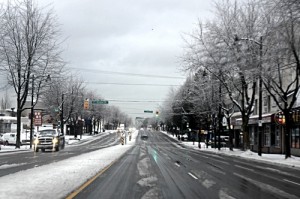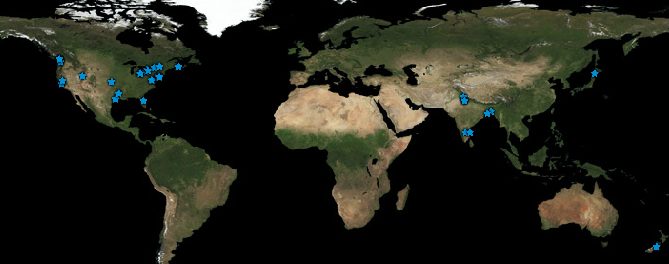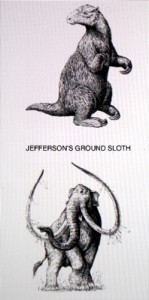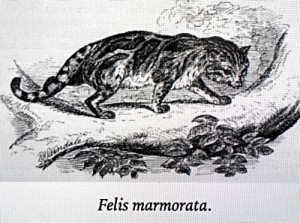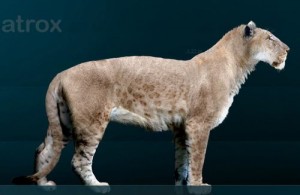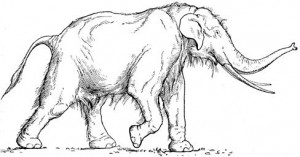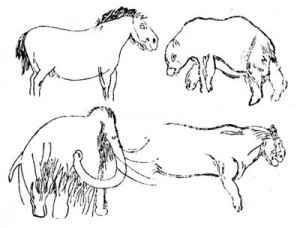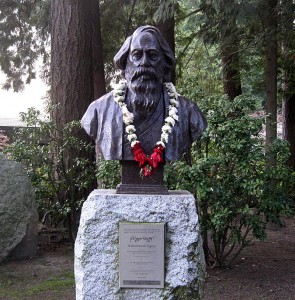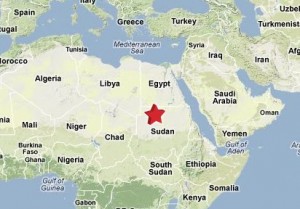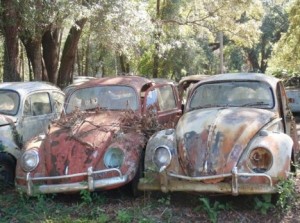“This question has been with me ever since my childhood. Am I an Aryan ? Till date, a clear answer has eluded me.” Neil told Mabel. They were walking towards a coffee shop next to the movie theater. It was Friday. The weekend was ahead of them. They had just seen a movie. Later, he was going to take her to a Chinese restaurant. Meanwhile, they were going to have a coffee and yap a bit. It was still early for dinner.
Neil was enjoying her company, and her keen interest on things that Neil liked. He knew he was a bit different, and shared hobbies that were not particularly popular among folks he met or went out with. Among the expatriate Indian community, the issue of the Indus Valley Civilization, and the origin of the so called Aryans, was one such issue. The current debate in the academic circles on this issue, raging for a good generation now, was of intense interest to Neil. He had even tried to befriend a few experts on this topic.
But he never found another person among his friends, either of Indian descent or Canadian, or even American from his time in Florida, that was aware or interested, in this topic. This was a source of some frustration, for Neil.
Mabel was walking with her arm around his waist. She turned and smiled at him. Mabel was about the same height as Neil, five ft ten inches. The only thing was, she was wearing a few inches of heels, while he was not. Anyhow, this was something he had to get used to – finding her eyes at the same horizontal plane as himself. “So, are you an Aryan ?” She asked.
Neil smiled back and pulled her closer, still walking along the pavement, heading for the coffee shop. “The thing is, what exactly is an Aryan has not been properly settled yet. Conversional wisdom says that an Aryan was an invader in India, an ethnically different man than the locals. However, this view is getting a lot of scrutiny these days, and the answer is likely a lot more complicated. But, my interest in it is more to do with finding the facts. I am tending to lean towards the view that Aryans were part of the indigenous population, although a small trickle of outsiders might have come, mingled, and settled there, adding some flavor to the local culture, a long time ago.”
“Hmm ? How long ago?”
“Well, the time period under question relates to the dating of the Vedas, the original compositions of huge verses, that are often considered the original pillars of Hinduism. The dating itself is under debate. Conventional wisdom says 1,500 BC. But new thoughts appear to push that back by another thousand to 1,500 years, going back 2,500 or 3,000 BC, say five thousand years from now.”
They turned and walked into the coffee shop.
“Wow. You have to tell me about all this. I want to know. To me, sadly, Aryans only mean blue eyed blond crew cut soldiers that marched for Hitler and devastated half the world during the last world war.”
They took two cups of coffee and sat at a table. The coffee shop was almost full. It was attached to a large book store. People could take a book or a magazine, without paying for it, and sit down in the coffee shop to read.
Since the age of internet and eBooks, as well as online ordering of books through Amazon, local book stores have taken a major hit in their business, and are going through a continuous process of change, trying to stay in business and expanding the range of merchandise on sale.
Their table was near the magazine stack. Neil could see some of the magazines nearest to him. At least two of them were on tattooed women. It showed women with pierced nose, pierced eyebrow and pierced lower lips, not to mention ear lobes. They sported extraordinary multicolored tattoo on themselves, on their back, shoulder, arm, legs, and even on the back of their necks.
Neil disliked the idea of permanently disfiguring the body in the name of beauty. But, he was careful not to impose his opinion on others. To each his own. Thankfully, Mabel wasn’t one of them.
Mabel watched him glancing across the Magazine covers, his face displaying a tiny inadvertent frown. She chuckled. “I can see you are not too fond of full body tattoo.”
Neil turned back to her and smiled. “Well, no, I am not. Anyhow, about Aryans, I shall tell you little by little, so as not to overwhelm you with too much information. Suffice it to say that India is a very old civilization, and it has been in the cross roads of human movements ever since anatomically modern humans walked out of Africa. For me, the prime interest is to know a bit more about my ancestry. Therefore, the issue of who were the Aryans and what was the range and lifestyle of the Indus Valley civilization and how they interacted with each other and what influenced the later evolution of the faith system known as Hinduism, and its brother religions the Jainism and Buddhism, and other smaller sects, is of interest to me on an academic level. I am otherwise not too religions, you know.”
“Yes, I know. You were the first and the only person that told me the origin of the Aryan people were not Germany, and that Hitler borrowed the term from ancient Hindus, and likely unjustifiably. That is something I am unlikely to forget.”
Neil finished his coffee. He pulled her hand and watched her palm and her fingers carefully. He was not a palmist, but knew the basics from his childhood. She had a longish and smoothly semicircular lifeline, which did not quite connect with her head line. The line of destiny, or the fate line, was moderate and not as long as his own fate line from his right hand.
Mabel watched him. “Don’t tell me you can read palm too.”
“Well, I can see you are attracted to an older man from India.”
Mabel laughed out loud and cuffed him playfully. She too had finished her coffee. “One does not need to read my palm for that.”
They got up and left the coffee shop, heading for his car that was parked nearer to the movie theater.”
——————————————
I wrote this much and leaned back.
Should the ice age lady appear at their Chinese restaurant and share a Won Ton soup or something ? Or was I going to be spending more time with the non-Germanic Aryans that might have been brown skinned Indians wearing a loin cloth and bathing by the bank of the now vanished Saraswati river?
Or perhaps I was going to coax Neil into talking about his Y-chromosome ?
More I thought about it, more I felt that any sensible Canadian girl should by now get up and leave. These were likely taboo items for a date – essentially a first date between a young attractive woman and her boy friend.
But, I was not writing a book that would fit conventionality. I was writing it for my own pleasure, and for improving my unconventional writing style. Besides, I was writing on things that I liked.
I spent some time thinking about the difference between conventionality and conventionalism. Eventually I ended up scratching my head and looking up at the ceiling.
I had not yet been able to make up my mind on who the writer of the story should be. After all, this was not just a story of the present time about an expatriate Indian living in Canada. It was a story about writing a story, and that story was to have multiple centuries, millennia, spanned across it, with participants from different historical era and regions.
And yet, who was writing the story, itself was not yet clear in my mind. I could make myself the writer, and write this part in first person, like now.
Or, I could write in third person, describing the writer as Tony. Tony was, of course, the westernized version of my own pet name, which was Tonu.
Or, the writer could be Tonu.
I had used all three versions in different chapters by now. And yet, I could not decide.
Meanwhile, Mabel and Neil had gotten off the starting point, without achieving much of a plot. The ice age woman of central Asia was hovering at the periphery, mysteriously appearing and disappearing. She had a child with her. In one of the episodes, she is supposed to have sacrificed herself while in danger of attack from wild animals, in order to let the child survive. They carried the mitochondria, that was to come down copy by copy and generation by generation, all the way to me, or rather, to Neil. How they would eventually fit into the plot, I was not yet sure. The writer could keep hallucinating about the ice age woman, but how does one connect her with Neil?
Could it be that Neil too can see her in his minds eye? Could it be that she was a figment of not just my imagination, but also of Neil’s? Neil himself was a product of my imagination, as was Mabel.
Ohh well. I decided to slice an English cucumber and eat it with salt. Dinner is still an hour away. My wife had prepared some lasagna.

